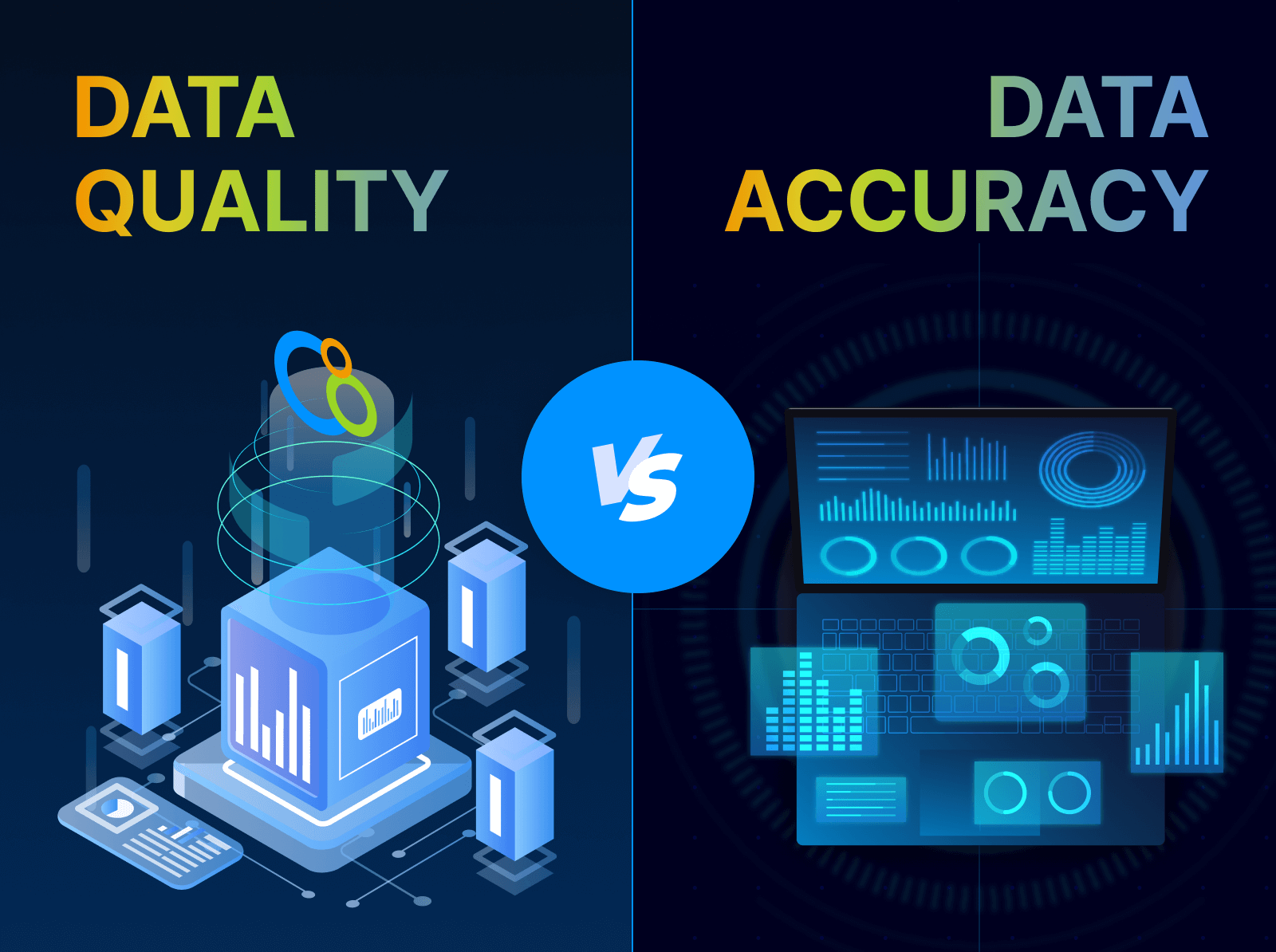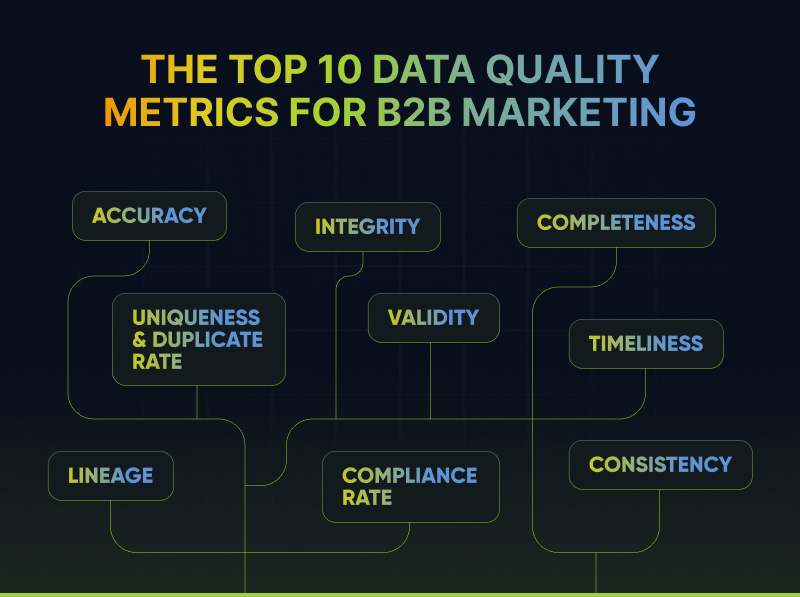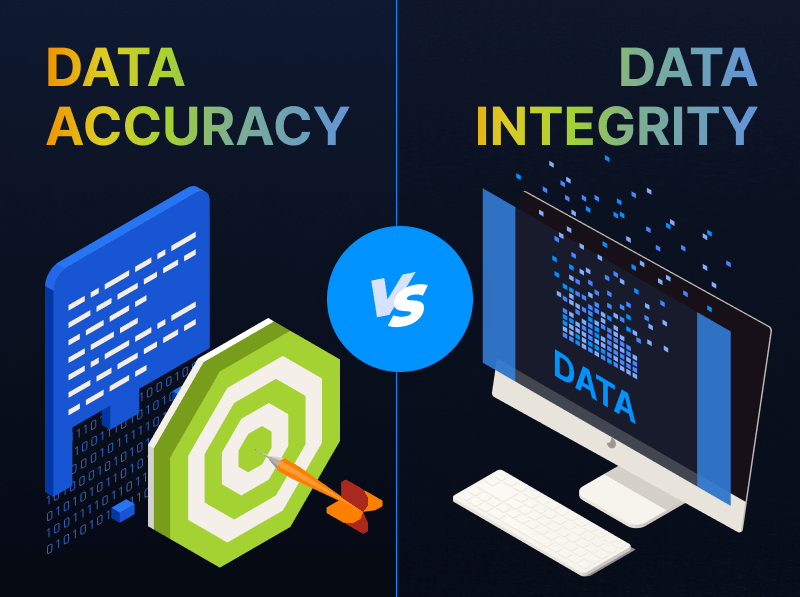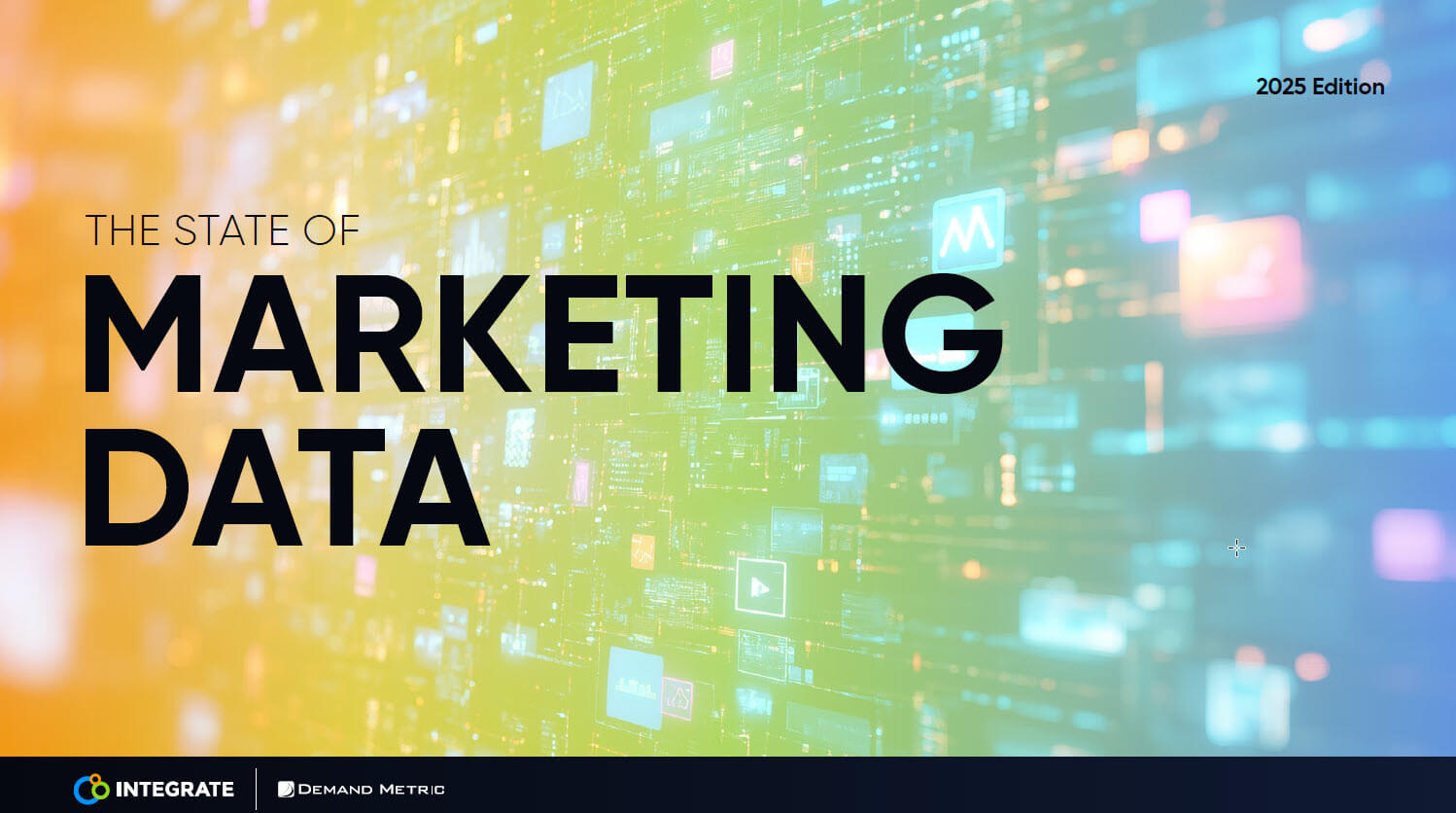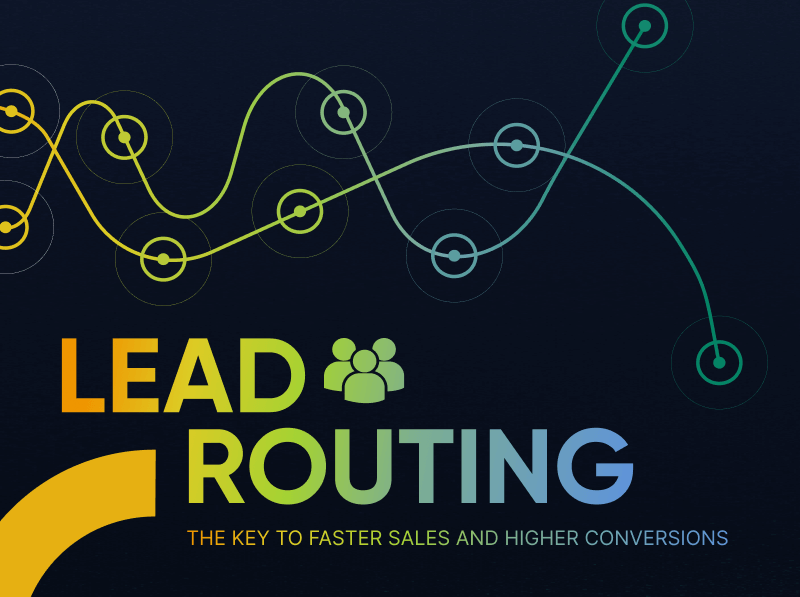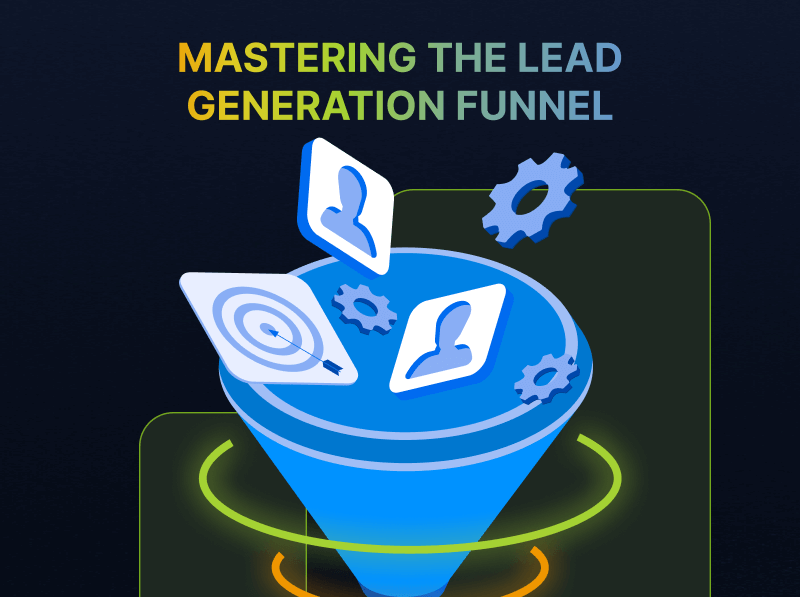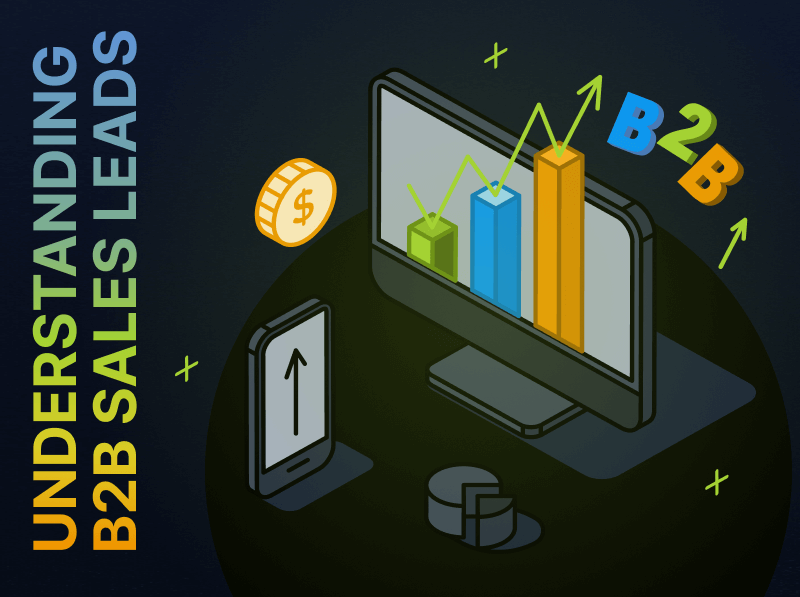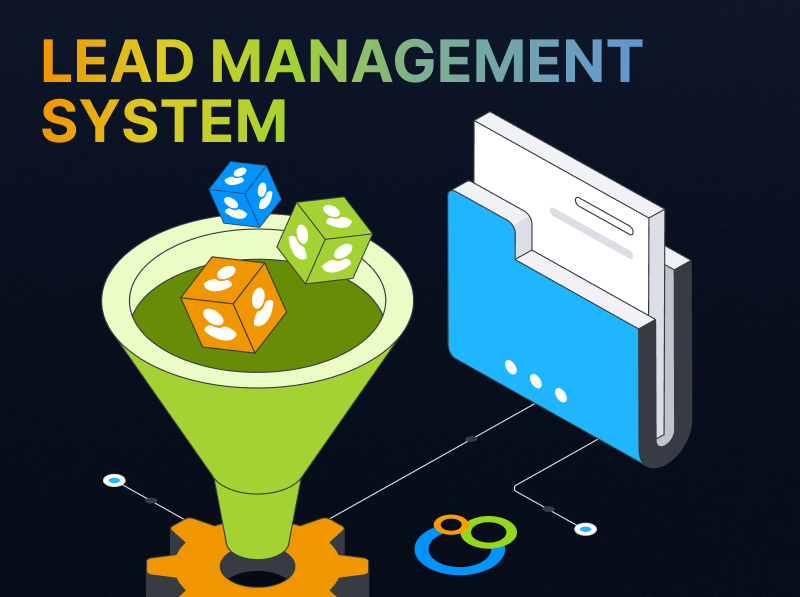A CMO View of How to Overcome B2B Marketing’s Identity Crisis
5 Essential Building Blocks to Make It Happen
CMO’ing ain’t easy. When I joined Integrate as CMO in May, one of the things I was most excited about was the opportunity to work closely with my marketing peers. I have a tremendous amount of empathy for B2B marketers today; their jobs are hard. B2B marketers are tasked with building an irreplicable brand, delivering an efficient and effective demand to revenue funnel, driving operational excellence across a myriad of technology and data solutions, hiring and developing a high-performing team, defending the marketing spend – all while optimizing for an exceptional customer experience (CX). In fact, Gartner says that 32% of CMOs rank CX as a top three priority.
This priority shift is for good reason. Our buyers have evolved. Almost overnight, they find themselves interacting in an entirely digital world. Couple that with the fact that as of July 2020, 70% of B2B buyers report they’re strongly considering ditching their preferred vendors for a competitor. It’s no wonder the CMO tenure dropped again in 2019 to an average of 41 months, the lowest since 2009. Like I said, this stuff ain’t easy, gang.
B2B Marketing is experiencing an identity crisis. Our teams have been asked to do more with less, questioned by our CEOs and Boards as to why we can’t find that “one silver bullet tactic and just do more of that”, and drive an unattainable number of top-of-funnel leads. The business constantly looks at us as a cost center.
Meanwhile, that numbers-focused quest is costing us in a big way. While we’ve been focused on pushing one more email at our audiences, they’ve expanded their access to information, including the number of channels and sources they turn to. While we’ve increasingly focused on numbers, they increasingly focused on the experience. Today, one in three B2B buyers are considering terminating their vendor contracts given poor, digital interactions. Something must change.
Recently we interviewed CMOs and Marketing Operations leaders from some of the largest global B2B organizations to better understand the challenges they face today and get their reactions to our new product strategy for the Integrate Demand Acceleration Platform which we launched last week. Their concerns further underscore this identity crisis. We heard about the challenges of their siloed organizations; that it’s not so easy to get their teams to work together on campaigns, across processes, and across their MarTech stack. They shared with us the impact this was having on their own customer’s buying journeys, how disconnected the brand, messaging, and ultimately, experience was for people. We learned they’re drowning in data, more data than any marketing organization could ever need, but that all this data doesn’t mean they have the answers they need at that exact moment they need them.
We heard their pleas for less, not more, marketing technology, that what they were dealing with today was a Frankenstein version of what they’d set out to build. And we excitedly recognized their pursuit of a seamless and memorable customer journey, one that ensures the kind of personalized experience today’s buyer demands.
Here’s the real truth. If we don’t evolve our approach to driving the customer experience with an evolved buyer, we will absolutely be resigned to cost center status. And no one wants that.
At Integrate, we believe data-powered, digital-led experiences are the way forward. And we’re on a mission to create intelligent customer journeys that deliver transformational experiences with measurable business value. Working with our marketing customers and across our own marketing and revenue team, here are five key building blocks we believe every marketing team must take to achieve this next level of marketing:
- First, get your data right. Today marketing data resides across any number of systems; it’s inaccurate, incomplete, and sometimes out of compliance. It lacks standardization and validation. Before any marketing team can take on the goal of orchestrating a cohesive buyer-driven campaign, they must address their data accuracy and ensure governance, integrity and global compliance across all lead and customer data.
- Connect your channels. If you want to provide a superb customer experience, you need to know what your customer has done so you can help guide them to what they should do next. Leads from content syndication campaigns must be connected to data from in-person events. Data from in-person events must be matched to leads from paid social advertising. Connecting these channels across different technology providers, different teams, and different processes can prove to be a maddening endeavor. Marketers who want to achieve the ultimate customer journey experience must connect the channels that make up that journey. From there, you can go anywhere.
- Add data intelligence. As I shared in this blog, using intent data to help your SDR team pinpoint the best prospects to engage isn’t just a nice to have, it’s a must have. SDRs waste countless hours chasing down cold prospects who have shown little to no interest in your company or your solution. The same can be said when creating a customer journey. If you apply little to no intelligence to your campaigns and ignore buyer and account signals, you’re making your team’s job twice as hard. Adding data intelligence at the moment of engagement such as intent and technographic data for more precise understanding of timing and fit, data enrichment to help build out and connect buyer and account profiles, and leveraging specific target account lists to dial in precision demand will help you get to the right prospects with the right content, in the right channel, at the right time.
- Integrate your buyer’s journey with your marketing automation platform (MAP), customer-relationship management (CRM) solution, and/or customer data platform (CDP). MA, CRM, and CDP solutions, on their own, cannot orchestrate an intelligent buyer’s nor account journey. In fact, one might argue that while these are systems of record, they’re not systems of relationships. Orchestrating your buyer’s journey happens across the multitude of channels your buyers and target accounts engage with. Integrating that journey using the systems you’ve already invested in expands their value further. This is an operational and value creation win!
- Use the insightsgained from your omni-channel demand approach to scale and optimize your buyer’s journeys. At Integrate we love all our demand channels equally and we see the best customer journey is the one that provides each customer with the right content at the right time through the right medium. Marketers can’t get there without a plan that allows them to systematically orchestrate and scale their campaigns while also ensuring a level of personalization that feels both authentic and timely for the person on the other end of that campaign.
We’re excited and inspired by the work we’re doing to connect marketers with the customers they desire, and customers with the brands they deserve. It’s not easy, but it’s worth it.


